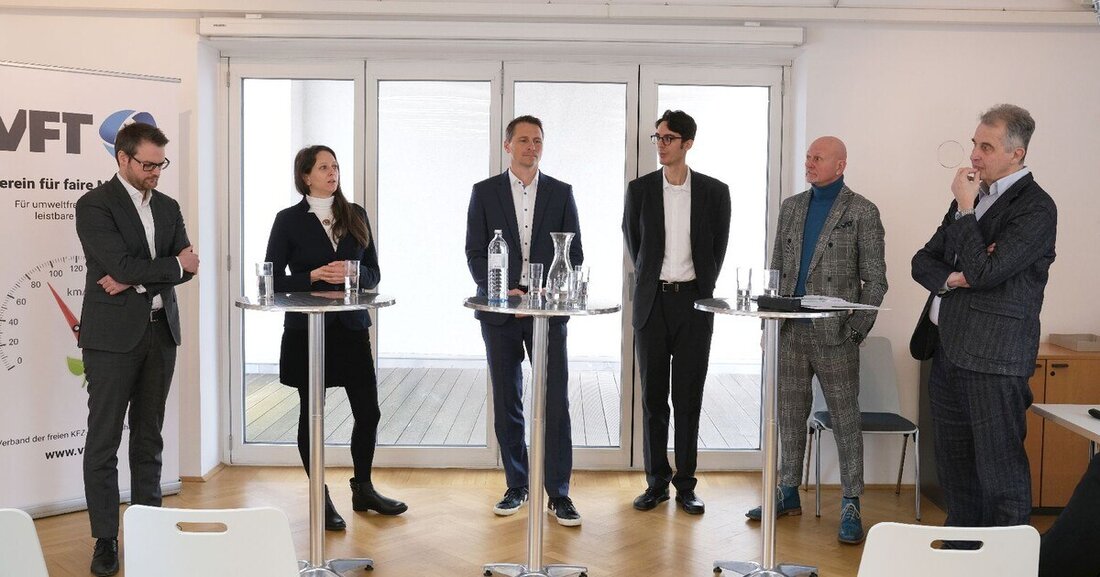The future of free repair
The VFT annual meeting focused on the best strategies for dealing with mobility change.

The future of free repair
“What will the independent repair sector look like in 10 years?” This was the title of the lecture at the start of the VFT annual conference at the mobility campus in Vienna. Fabian Heuken, consultant at Roland Berger Automotive, documented the mobility change with current study results and forecasts derived from them. “According to our surveys, the demand for conventional spare parts for combustion cars will decline by 13 to 17 percent by 2040,” explains Heuken. The additional market potential for EV-specific parts due to the foreseeable further spread of electromobility will amount to around 6 to 7 billion euros across Europe and will therefore only be able to make up for the loss to a small extent.
In the repair market ecosystem of the future, there will be fewer but higher quality spare parts. After all, a vehicle battery costs significantly more than an exhaust system. However, due to the current rapid innovation cycle for electric vehicles, procuring the right spare parts is becoming a logistical challenge. At the same time, the workshop also has to serve those customers who continue to drive combustion engine vehicles. And according to Fabian Heuken, that will still be every second in 2035, when the EU decision no longer allows combustion engines to be registered. The automotive expert at Roland Berger sees opportunities for the industry to develop new business areas despite all the challenges. These include, for example, the reprocessing of e-vehicle components that can be used in older vehicles, or the recycling of batteries and electric motors. According to Heuken, the spare parts trade will be able to stay afloat well in the future with more efficient and digitalized supply chains as well as sustainable workshop concepts.
During the panel discussion, VFT chairman Walter Birner raised the concerns of independent workshops about being cut off from easy access to digital repair information, without which one can no longer even change a windshield or even a bumper. “I understand from the communications from large OEMs that they have recently founded their own business units in order to bring the repair business for 4 to 7-year-old vehicles into their brand workshops, which was previously the domain of independent workshops,” says Birner. On the Austrian Automotive Transformation Platform (AATP), on which vehicle manufacturers and suppliers, the charging infrastructure industry, service providers, clusters, research and administration are networked, Birner represents the interests of independent workshops and parts dealers. Oliver Danninger, consultant at accilium GmbH and responsible for the operational management of AATP, emphasized in his presentation at the VFT annual conference that it is now about creating a new value chain from which everyone involved will ultimately benefit. Following his presentation, Reiner Reinbrech from BMK presented the Austrian Mobility Master Plan 2030, which clearly focuses on promoting electromobility. And Dora Szalay from the e-Fuel Alliance Austria tried to explain what contribution e-fuels can also make to climate protection.

 Suche
Suche
 Mein Konto
Mein Konto